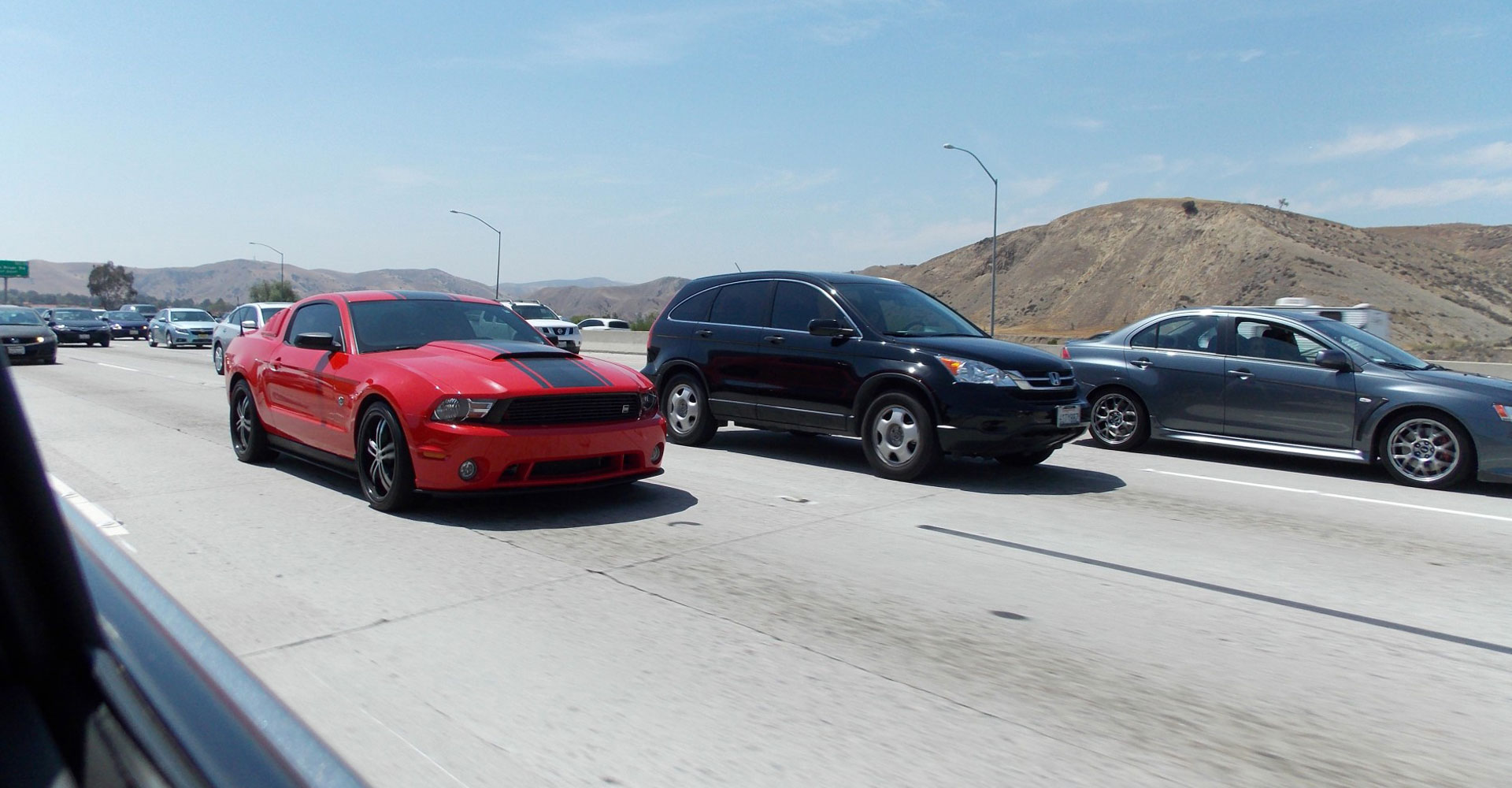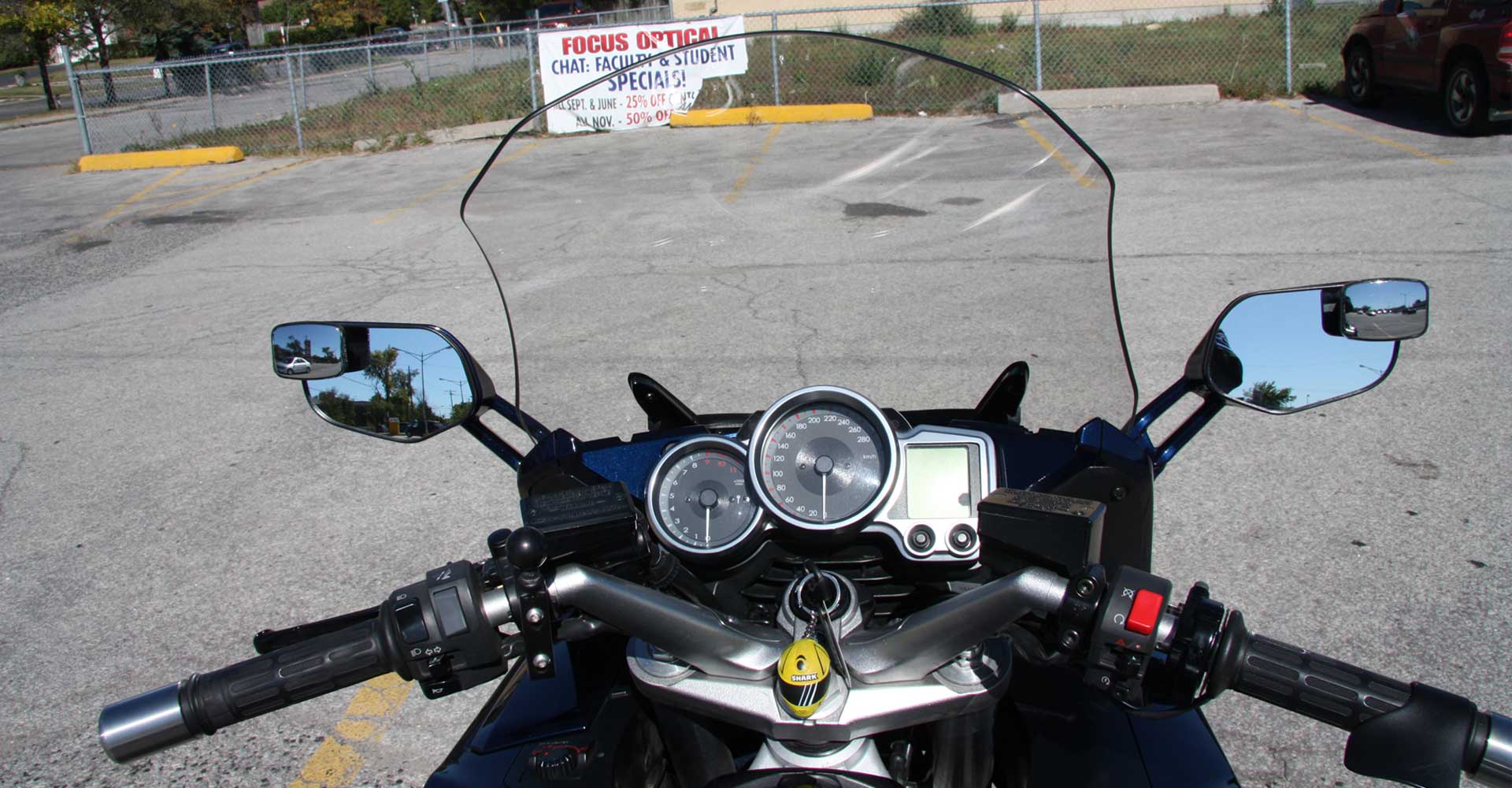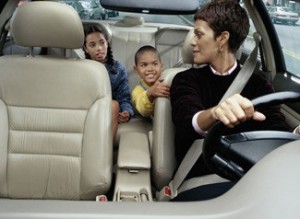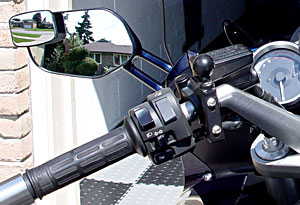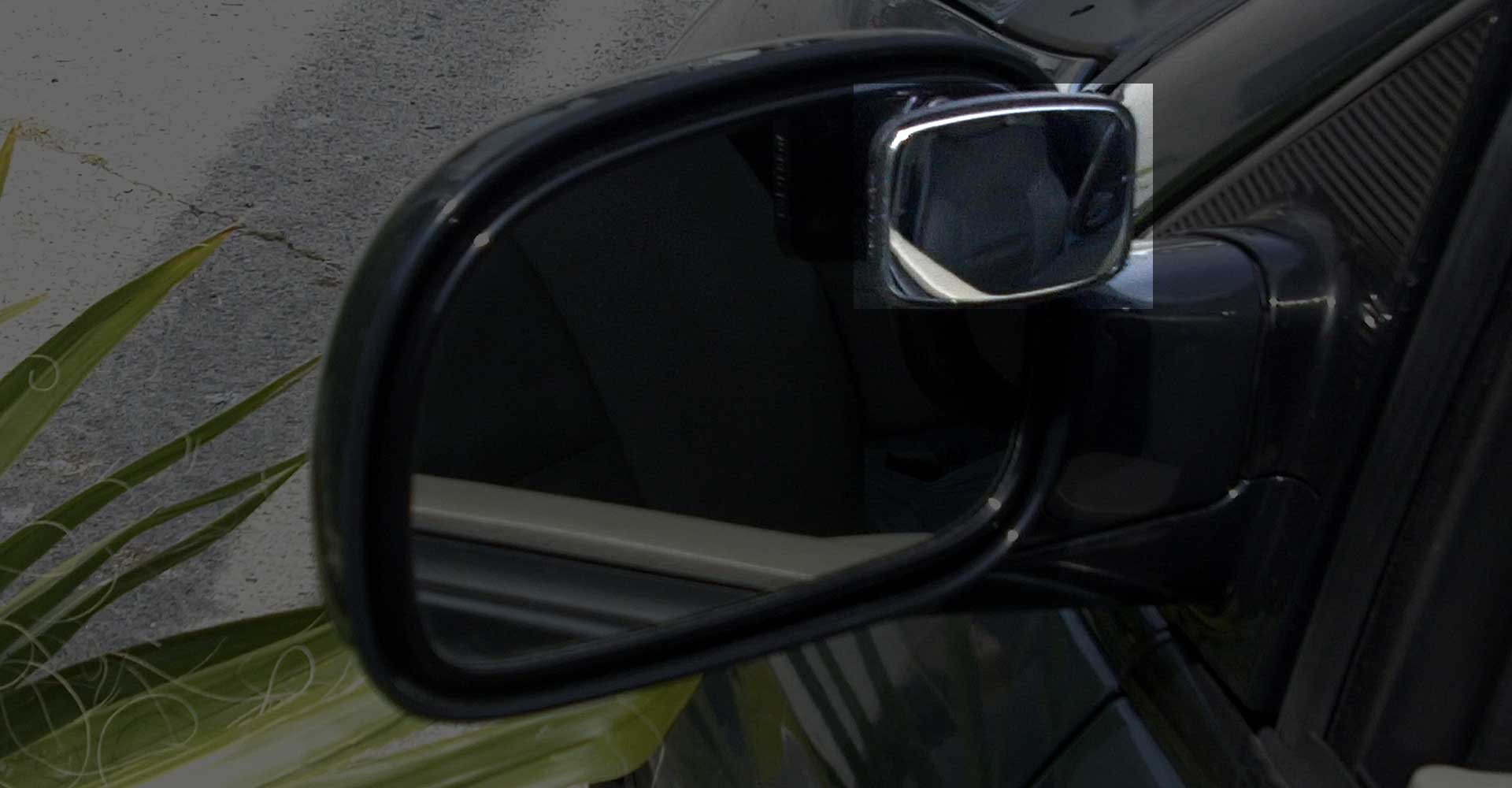
When we set out on most days we often fail to consider the absolute peril that we are casting our lives in by simply being behind the wheel of a car. This peril can be inflated when we have insufficient mirrors on our vehicles. In fact, the number one eminent reason for all lane change accidents and collisions in America is attributable to the blind spot.
There is a way to travel safely, however, and to eradicate the problem that all automotive vehicles have which is the blind spot. Maxi view blind spot mirrors are the world’s most adaptable blind spot mirrors on the market. As a stick on mirror they can be stylized and maneuvered to accommodate every driver – regardless of their height or seating position. This is one of the exceptional highlights of this fabulous mirror. The unrivaled ball and socket pattern means that it can be revolved 360 degrees. No other blind spot stick on mirror on the market is able to do exactly that.
Maxi view is a stick on mirror that fits neatly over your existing side mirrors. In fact, it is such a tremendous invention that it is able to sit in the one area of your side mirrors that reflects the sky – thereby enabling much vaster use of the side mirrors as a whole. The copyrighted pattern means that they will fit all motor vehicles like the family car as well as buses, trucks and motorcycles.At less than $30 a pair they genuinely are an exceptional gift for all the budding automobilists in your home.
Should you convert your vehicle or decide to take your Maxi view blind spot mirrors with you, you can transfer them with the extra Maxi view tool and adhere them on to your new vehicles side mirror without any problems or pain. When it comes to your safety on the highways then knowing who and what is in your blind spot can provide you a winning opportunity for being safe with all lane exchange maneuvers.

